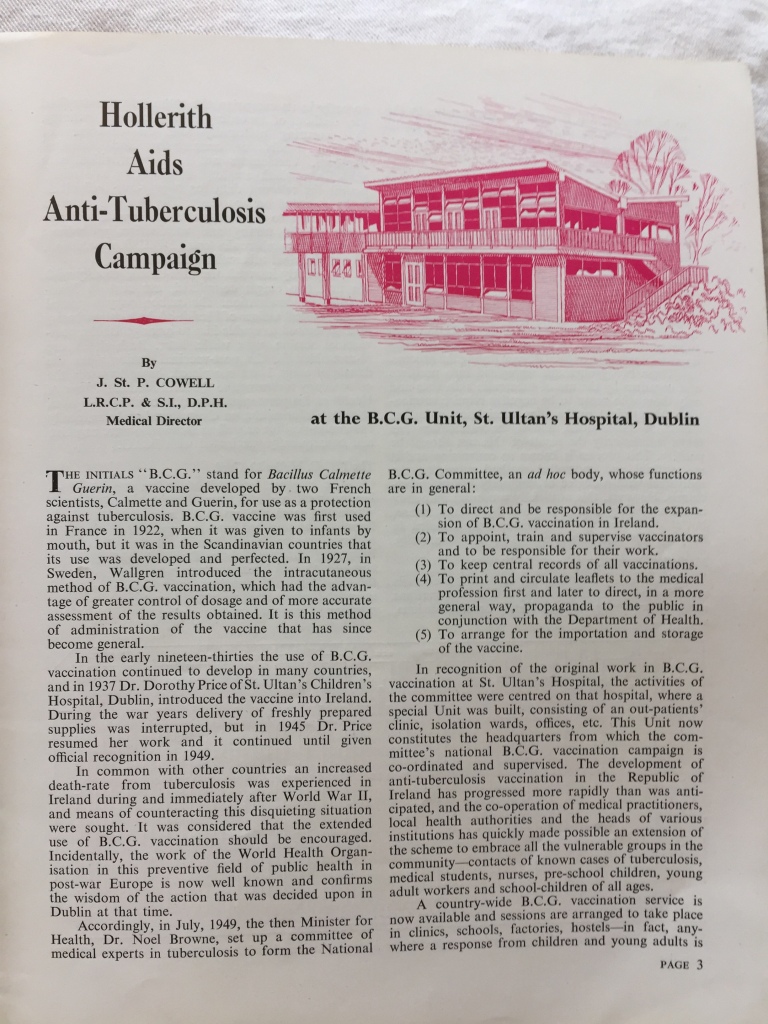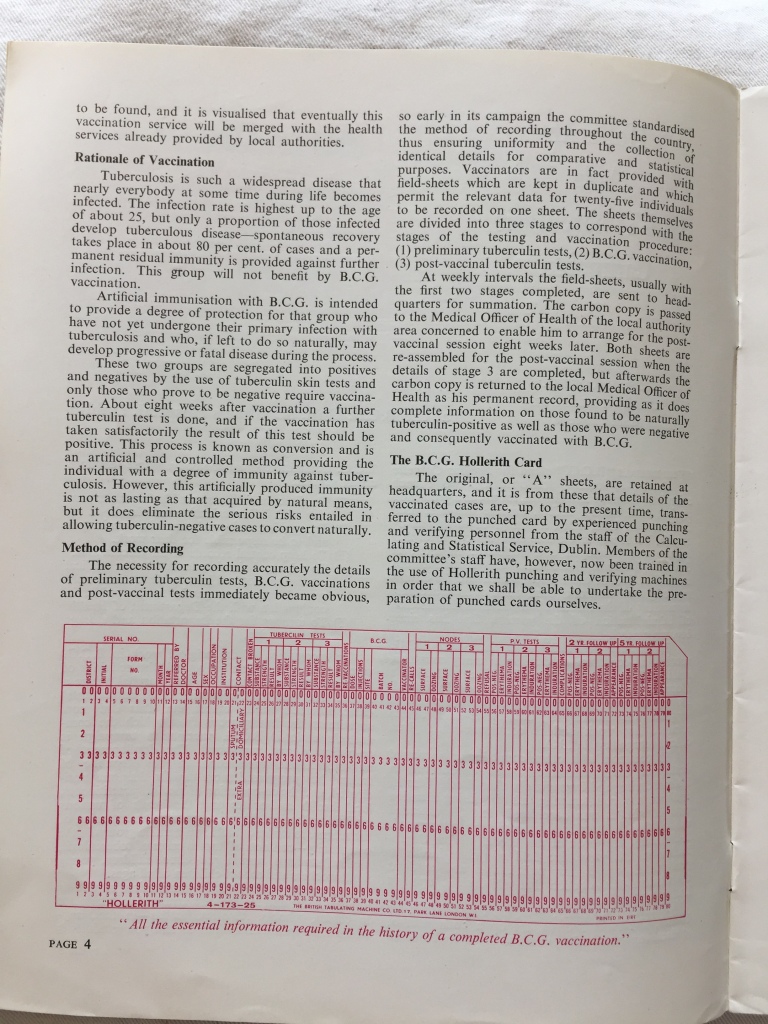The King and Queen’s College of Physicians of Ireland became the first medical institution in the United Kingdom to admit women following the Enabling Act of 1876. At the time no British universities admitted women to their medical degrees, though universities in Ireland led the way in the 1880s. St Ultan’s Hospital was the first infant hospital in Ireland, founded at Charlemont Street, Dublin, in 1919, entirely by women, including Dr Kathleen Lynn (1874-1955 ) and Madeleine ffrench Mullen (1880-1944). It was created as a result of concerns over the high level of mortality among Dublin’s children, particularly in light of the venereal disease brought back from the war, on top of rampant tuberculosis. The care of infants was not given a high priority by the medical profession in general – it was not on the final medical examination syllabus until 1956.

Dr Lynn graduated from the Catholic University Medical School in 1899 and spent her whole career in Dublin, dedicated to social reform and welfare of the poor. She lived at Rathmines with her partner Madeleine ffrench Mullen, both of them enthusiastic suffragists and members of Daughters of Ireland (Inghinidhe na hÉireann), part of the Irish Revival, nationalist movement. Lynn became chief medical officer of the Irish Citizen Army and provided medical and surgical support during the Easter Rising in 1916, after which she and ffrench Mullen were jailed. After the civil war Lynn was elected the the Dáil in 1923 as a Sinn Féin TD (MP equivalent) for Dublin County. She gave up politics in 1927 and devoted the rest of her life to St Ultan’s.
Dr Katharine Marian Neril Maguire (1863-1931) was Ireland’s first female Paediatrician and a prize winning biology and medical student, who was primarily interested in social medicine. An obituary in the British Medical Journal (22.viii.1931) says “Her kindness and sympathy for her patients, especially the poor, were unbounded. Early in her career she opened a free dispensary for women and children.” She was president of the Association of Registered Medical Women (ARMW), an organisation dedicated to the professional development of women doctors and to the health of women in general. It survives today as the Medical Women’s Federation. She was a friend of Matilda Knowles and met Dora at Matilda’s flat, which was near her private practice in Mount Street (and later at 67 Merrion Square). She was a member of the founding committee of St Ultan’s and influenced Dorothy Stopford Price, who joined St Ultan’s in 1923, in conducting and publishing research.

Dr Dorothy Stopford-Price (1890-1954, see video at the bottom of the page) was another nationalist and a pioneer of the tuberculin test and BCG vaccination. She visited Vienna in 1931 where she witnessed the tuberculin test for diagnosing tuberculosis, and brought it back to Ireland. In 1937 she introduced the BCG vaccination to Ireland, inoculating infants at St Ultan’s. In 1949 she succeeded in forming a National BCG vaccination unit, with herself as Chair of the Committee under Minister for Health, Noel Browne. This was when Dr Price asked Dora to help her figure out how to efficiently record the data, as it was planned to vaccinate all infants, children and young adults, plus some frontline workers – about 18,000 people in the first year. This was a huge logistical task and the data could no longer be processed manually.





The vaccination process was based on tuberculin skin tests – those with negative results were vaccinated and retested eight weeks later. These three data points were all recorded in the field and then entered on tabulating machines, along with the results of follow-up tests two years later.
The punch card data was also able to reveal how people exposed to contact with TB sufferers (sometimes in the home) fared after vaccination. In the first eighteen months of the project, data from 35,000 tuberculin tests were entered. The statistics derived from the data showed the success of the vaccine in conferring immunity and protection from this serious disease.
